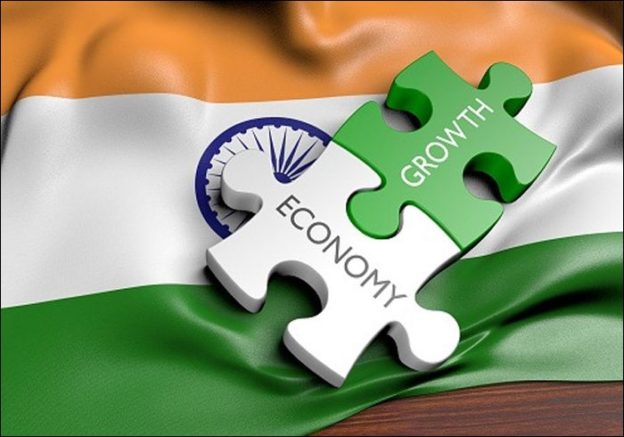A report on climate action and economic future recently released by Deloitte pointed out that if an emission pathway is pursued where global average warming increases by more than 3°C by 2070, it “would lead to economic losses of more than $6 trillion in present value terms by 2050 — or approximately 6% of India’s GDP in 2050 alone”.
This translates into monetary losses of more than $6 trillion in present value terms. In such a scenario, climate change-induced economic losses to India would be almost $35 trillion in the next half of the century.
With the impact of climate change getting visible through erratic weather patterns, analysts have pointed out that unmitigated global warming can cause monetary losses to the tune of a massive $6 trillion by 2050 to India. On the other hand, if the current trend of substantial investments in emission-reduction efforts are sustained, it could yield economic gains of almost $11 trillion for the country’s economy by 2070.
India’s economy is highly exposed to the damage caused by climate change. Over the next 50 years, the top five industries likely to be most impacted by climate-related losses are services, manufacturing, retail and tourism, construction and transport — these currently account for more than 80% of the country’s GDP. Climate change is also expected to reduce the reliability of seasonal agricultural output, impacting revenue from the sector which accounts for about 16% of the country’s GDP.
A report on climate action and economic future recently released by Deloitte pointed out that if an emission pathway is pursued where global average warming increases by more than 3°C by 2070, it “would lead to economic losses of more than $6 trillion in present value terms by 2050 — or approximately 6% of India’s GDP in 2050 alone”.
This translates into monetary losses of more than $6 trillion in present value terms. In such a scenario, climate change-induced economic losses to India would be almost $35 trillion in the next half of the century.
To avoid such a situation, the country would need to forgo some short-term economic development in favour of significant investment in sustainable technologies till 2030. “Policy and investment decisions made in the next few years will largely shape the economic and climatic future that India and the world will inherit,” the report noted. On the other hand, “our modeling shows that rapid decarbonisation could yield economic gains of almost $11 trillion (in present value terms) for India’s economy by 2070,” the report said.
India plans to have 450 giga-watt (GW) of installed renewable energy capacity by 2030, up from the current level of 100 GW. Global investment in new clean power capacity is set to exceed $10 trillion through the mid-century. Because of the country’s efforts to increase the share of renewables in the energy basket, special US presidential envoy for climate John Kerry recently called India a “red hot investment opportunity”.
The country has already reduced CO2 emission intensity by 28% over 2005 levels, Union power minister RK Singh said. The target committed in its Intended Nationally Determined Contribution (INDC) under the Paris climate change COP21 accord is emission intensity reduction of 35% from 2005 level by 2030. The government hopes to exceed its INDC commitments well within the committed time frame, and expects that by 2050, 80-85% of India’s overall power capacity will come from renewables. If the 46 GW of hydroelectric power plants is included, 38.5% of India’s installed power generation capacity is currently based on clean renewable energy sources.
https://www.financialexpress.com/economy/climate-change-india-may-see-loss-of-6-trillion-by-2050-top-5-sectors-to-be-most-hit-account-for-over-80-of-gdp/2323918/







